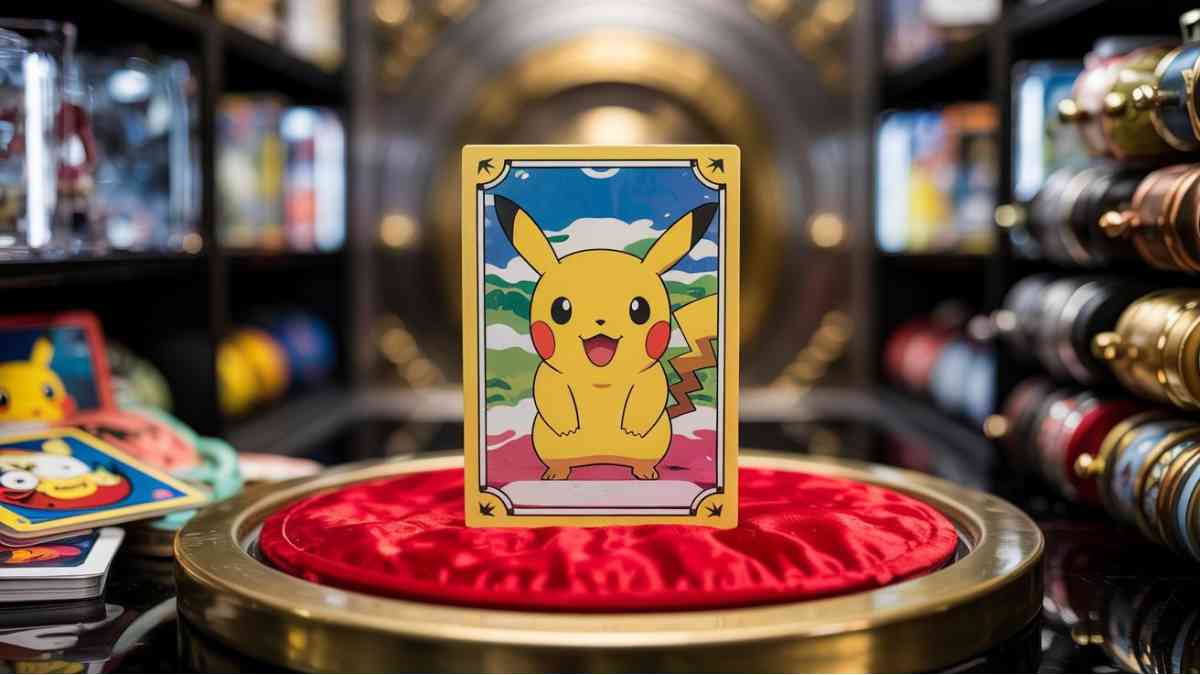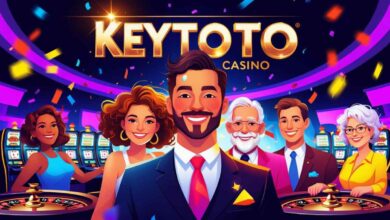The Most Expensive Pokemon Card: Why Collectors Are Willing to Spend Millions
A Deep Dive into the Rarity, History, and Hype Behind Pokémon's Most Coveted Treasure

From schoolyard battles to international tournaments, the Pokémon Trading Card Game (TCG) has captivated fans for decades. But beyond the strategic gameplay lies a booming market where rare cards fetch jaw-dropping prices. Among them, one card stands above the rest: The Most Expensive Pokemon Card, a record-smashing collectible that has changed hands for millions. This is not just nostalgia—this is high-stakes investment, culture, and history rolled into a 2.5” x 3.5” piece of cardboard.
The Birth of Pokémon Cards: A Global Phenomenon
Before delving into the record-breaker, it’s crucial to understand how Pokémon cards earned their legendary status. Launched in Japan in 1996, the Pokémon TCG quickly exploded into a global sensation. With over 40 billion cards printed, the franchise became a cornerstone of pop culture. Cards like Charizard, Blastoise, and Mewtwo became instant icons—but even they pale in comparison to what would become the most coveted piece in Pokémon history.
What Is the Most Expensive Pokemon Card?
The crown jewel of the Pokémon card world is the Pikachu Illustrator card. This ultra-rare card was never sold in stores and was awarded in 1998 as part of an illustration contest organized by Japan’s CoroCoro Comic. Only 39 were originally distributed, and today, fewer than 10 are confirmed to exist in near-mint or mint condition. The card holds the Guinness World Record for the highest price ever paid for a Pokémon card.
Logan Paul and the $5.275 Million Deal
In 2021, YouTuber and entrepreneur Logan Paul made headlines by purchasing a Gem Mint 10 Pikachu Illustrator card for an astonishing $5.275 million. This deal wasn’t just about the card—it was a mix of cash and trade involving another Illustrator card of lesser grade. Logan even wore the card around his neck during a major boxing event, elevating its status beyond the collector’s sphere and into mainstream media. His purchase was later officially recognized by Guinness World Records.
Why Is the Pikachu Illustrator Card So Valuable?
1. Extreme Rarity
The simple rule in collectibles: the rarer, the better. With fewer than 10 known mint-condition Pikachu Illustrator cards worldwide, scarcity drives demand through the roof.
2. Historical Significance
It’s not just any card. This was awarded during the early rise of the Pokémon franchise and was never intended for sale. It represents a piece of Pokémon’s origin story.
3. Unique Artwork and Title
Unlike traditional Trainer cards, the Pikachu Illustrator card is labeled “Illustrator” and showcases original artwork by Atsuko Nishida, the designer behind Pikachu itself. This adds authenticity and uniqueness.
4. Condition Grading
The card that sold for over $5 million was rated PSA 10—a perfect mint grade. Condition plays a massive role in pricing, often making the difference between a $500,000 card and a multimillion-dollar one.
Other Contenders for the Top Spot
Though the Pikachu Illustrator reigns supreme, several other cards have also fetched six-figure prices due to rarity, nostalgia, or tournament exclusivity.
● 1999 First Edition Shadowless Holographic Charizard (PSA 10)
Arguably the most recognizable Pokémon card, this version of Charizard has sold for upwards of $300,000. Its iconic design and nostalgic value make it a collector’s favorite.
● No. 1 Trainer Cards
These cards are awarded to winners of high-level tournaments and vary by event and year. Their exclusivity and custom printing make them extremely valuable.
● Tropical Mega Battle Cards
Awarded during the earliest international Pokémon tournaments in Hawaii, these cards are scarce and deeply sought-after in elite circles.
Grading and Authentication: A Serious Business
With so much money on the line, authenticity is non-negotiable. Professional grading companies like PSA, BGS (Beckett Grading Services), and CGC play a crucial role in verifying a card’s legitimacy and condition. A single-point difference on the grading scale can mean a price swing of hundreds of thousands.
Market Trends: The Surge in Value Post-2020
The COVID-19 pandemic ignited a massive spike in collectibles across all markets—and Pokémon was no exception. With more people at home, nostalgia and alternative investments surged. Celebrities like Logan Paul brought unprecedented visibility to the hobby, while auction houses like Heritage and Goldin saw record-breaking sales. What was once a child’s pastime became a playground for wealthy investors.
Who Buys These Cards?
Not just hardcore fans. The market now includes:
-
Celebrities looking for publicity and investment.
-
Wealthy collectors who understand long-term asset value.
-
Nostalgic millennials now with disposable income.
-
Investors viewing rare cards as alternative assets akin to art or vintage cars.
Cultural Impact: A Symbol of Status and Fandom
Owning The Most Expensive Pokemon Card is not just about money—it’s a symbol. It connects the owner to a global fan base, encapsulates decades of cultural evolution, and demonstrates a sophisticated understanding of rarity, branding, and timing. Whether worn around a neck or locked in a vault, its presence speaks volumes.
Risks and Rewards of High-Stakes Collecting
While the thrill of owning a rare card is undeniable, it’s not without its risks:
● Market Volatility
Like any market, the value of Pokémon cards can fluctuate. What’s hot today may cool off tomorrow.
● Fraud and Forgeries
High values attract counterfeiters. Always rely on professional grading and authentication.
● Storage and Insurance
These are not just keepsakes. Cards worth millions require secure, climate-controlled storage and high-value insurance policies.
Future Outlook: Will Values Keep Rising?
The Pokémon franchise shows no signs of slowing down. With new games, shows, and expansions, the brand stays relevant, pulling in new fans with each generation. As long as demand continues and supply remains limited, the value of cards like the Pikachu Illustrator is likely to hold—or even increase.
How to Start Collecting Rare Cards
If you’re feeling inspired, here’s how to begin your Pokémon card investment journey:
-
Start with Research – Learn about sets, print runs, and grading scales.
-
Buy from Trusted Sellers – Use verified auction houses or platforms.
-
Focus on Condition – Look for cards in the best possible state.
-
Consider Grading Early – Grade your valuable cards to protect and boost their worth.
-
Set a Budget – This hobby can get expensive fast. Stick to what you can afford.
Conclusion
The Most Expensive Pokemon Card isn’t just a collector’s item—it’s a cultural relic that bridges generations, markets, and passions. From its humble beginnings in a Japanese illustration contest to its record-breaking auction in the hands of celebrities, the Pikachu Illustrator represents the pinnacle of rarity, nostalgia, and value in the Pokémon universe.
If you ever dreamed of owning a piece of pop culture history, few items are as iconic—or as valuable—as The Most Expensive Pokemon Card.
FAQs
Q1: What is the current most expensive Pokémon card?
A: The Pikachu Illustrator card holds the record at $5.275 million.
Q2: How many Pikachu Illustrator cards exist?
A: Only 39 were distributed, and fewer than 10 are in mint condition.
Q3: Can you still find rare Pokémon cards today?
A: Yes, through auctions, estate sales, or vintage shops—though most top-tier cards are privately held or already graded.
Q4: Is Pokémon card collecting a good investment?
A: It can be, especially for rare cards in mint condition. However, like all investments, it comes with risks.
Q5: What factors affect a card’s value?
A: Rarity, condition, demand, historical relevance, and artwork.



